UNITIVE JUSTICE THEORY
14 Arcs to Unitive Justice
Unitive Justice Circles
Unitive Justice Theory
Photo by zhang kaiyv
An Introduction to Unitive Justice Theory
Unitive Justice Theory is grounded on lovingkindness. It moves us from "an eye for an eye" justice to justice based on the Golden Rule-"Do to others what you would have done to you"-found in every major sacred text.
Unitive Justice Theory addresses the flaws in punitive systems that no longer serve us, and perhaps never did.
Consider:
2/3 of prisoners are arrested within three years of release from prison
Zero tolerance in our schools has led to the school-to-prison pipeline
67% of employees are disengaged at work
U.S. companies have an 11.7% chance of having employment charges filed against them
Deaths resulting from guns continue to rise
Gandhi, King and Mandela showed us how lovingkindness and justice are integrally linked.
Unitive Justice Explained by Founder, Sylvia Clute, Esq.
Unitive Justice calls us to rise to a level beyond the norm. Here, a generosity of spirit may be extended that, when present, diminishes the desire for retribution or revenge. In the Unitive Justice process, giving and receiving to and from one another tends to flow naturally, leading to a mutually beneficial outcome that restores balance.
“In your veins, and in mine, there is only one blood, the same life that animates us all! Since one unique mother earth begat us all, where did we learn to divide ourselves? ”
Components of Unitive Justice
Unitive Justice has two main components: The 14 Arcs to Unitive Justice and Unitive Justice Circles.
The 14 Arcs to Unitive Justice are the foundation of Unitive Justice Theory and allow those who embrace it to move from a system based on punishment and separation to a system where inclusion, creativity, and connection are the norm.
Unitive Justice Circles—AUJ’s Unitive Justice Circle process intentionally draws upon Dominic Barter’s Unitive Circle Process. AUJ chose this process because it is designed to get at root causes of conflict and achieve mutually beneficial outcomes.
Justice, in the true sense, does not involve violence.
In this video, Sylvia Clute explains Unitive Justice. The video was made by Bruce Baumann following a Unitive Justice workshop in Colorado.
Restorative Justice and Unitive Justice
Unitive Justice falls within the large umbrella of Restorative Justice. Both assume that conflict is an opportunity for healing, and even transformation, but some "blended models" retain elements of the punitive system, while Unitive Justice does not. Unitive Justice uses non-judgmental language, and it is premised on the belief that each person has something that can be healed on the other side of conflict.
The below video, The Woolf Within, is an example of a Restorative Justice process in a burglary case in England. It demonstrates how an alternative model of justice that seeks restoration, instead of retribution, can result in a more effective outcome.

